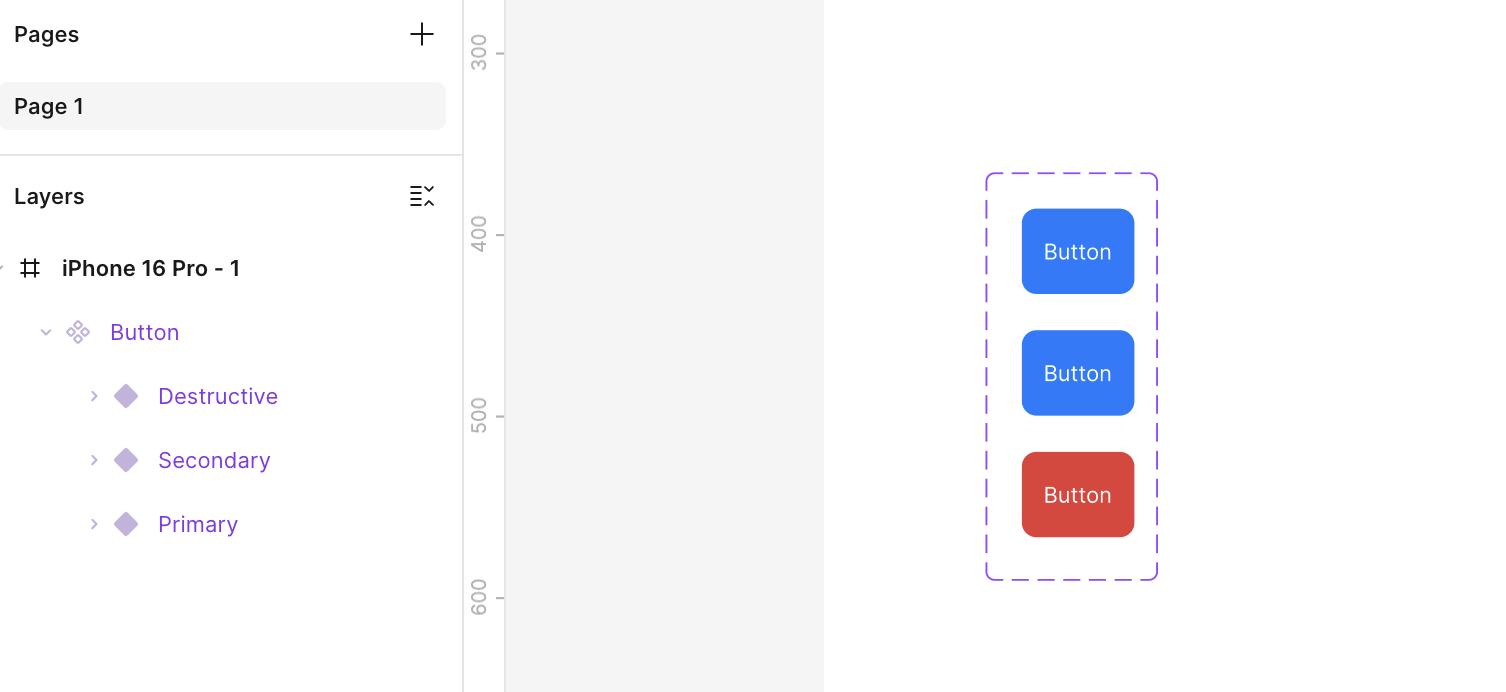LLM の 合成データ生成(Synthetic Data Generation) と
自己学習(Self-learning / Self-Improvement) は、
近年の LLM 開発の中で最も重要な技術の一つ
. 合成データ生成とは?(Synthetic Data)
簡単に言うと:
LLM が 自分自身で学習用データ(QA・文章・会話など)を作る 技術です。
🎯 なぜ重要なのか?
人間がデータを作ると コストが高い
高品質な人間教師データ(instruction data)が不足している
誤解や偏りがない、LLM学習に最適化されたデータが必要
そこで LLMが自分でデータを生成 → それをまた学習に使う
という循環が作られています。
自己学習(Self-learning / Self-Training)とは?
LLM が “自分で作ったデータ” を使って、さらに賢くなる仕組み
以下のようなプロセスです:
① 既存LLM(Teacher)がデータを生成(合成データ)
② 新しいLLM(Student)がそれを学習
③ Student が Teacher に近づいたり追い越したりする
④ Student を Teacher として活用 → また合成データ生成
これは Self-Play(自己対戦) や Self-Supervision(自己教師) とも呼ばれます。
合成データ生成の代表的な方法
① Self-Instruct(セルフ・インストラクト)
LLM が自分に「学習するタスク」を作り出す。
例:
「役立つ指示文を20個作って、それぞれ適切な回答を生成して」
→ 指示(instruction)と回答(output)のペアが大量にできる
→ これを学習すると ChatGPT のような「指示に強いモデル」が作れる
Google・Meta・Stability・OpenAI が使う一般的手法。
Reject Sampling(不良回答の排除)
LLM に複数回答を出させ、
「良い回答だけを採用し、悪い回答は捨てる」仕組み。
例:
Model → A案, B案, C案 を生成
Judge(別モデル or 同じモデル)が評価
AとCは不採用、Bだけ学習に使う
→ これにより合成データの品質が爆上がりする
最新の GPT-4o/DeepSeek にも使われている。
Self-Rewarding(自分で評価して学習)
モデル自身が回答の良し悪しを評価し、そのスコアを使って学習する。
OpenAI の研究
“Self-Rewarding Language Models”(2024)
で注目された方式。
Distillation(蒸留)
教師(Teacher)モデル → 弟子(Student)モデルへ知識を移す。
❶ Teacher で大量の合成データを生成
❷ Student がそれを学習
❸ 小型モデルでも高性能に!
例:
LLaMA → Mistral
GPT-4 → GPT-4o mini
Gemini Pro → Gemini Flash
from openai import OpenAI
client = OpenAI()
tasks = [
"AI とは何か小学生にもわかるように説明してください。",
"営業メールを丁寧な文体に書き直してください。",
"Python のデコレーターを例付きで解説してください。"
]
synthetic_dataset = []
for task in tasks:
res = client.chat.completions.create(
model="gpt-4o-mini",
messages=[{"role": "user", "content": task}]
)
answer = res.choices[0].message.content
synthetic_dataset.append({"instruction": task, "output": answer})
print(synthetic_dataset)
. 合成データは実務でどう使われる?
✔ ① 社内チャットボットの学習データ生成
例:
社内規定の QA を権威ある文書から合成
人間が 1ヶ月かかる1000問データを数分で生成
✔ ② カスタマーサポートの学習データ
FAQ → 指示文化 → 例文生成 → 自動生成
✔ ③ 特定業界に特化した LLM の構築(金融・法律・医療)
✔ ④ 小型モデルの強化(LLM distillation)
⚠️ 6. 合成データの注意点
問題 説明
幻覚(hallucination) LLM が嘘を生成し、それを学習すると悪循環
バイアス 教師モデルの偏見や癖がそのままコピーされる
権利問題 合成データでも、元の学習データに依存する
→ 解決法:Reject Sampling、Human-in-the-loop、評価基準導入
🧠 7. 自己学習が今後どう進化する?
現在の最先端:
✔ Self-Play × 合成データ × Reasoning(推論強化)
OpenAI o1 モデル系(深い推論)
DeepSeek-R1(自己学習で強化)
Google Gemini 2.0(マルチステップ推論)
未来像は…
🧩 AI が 自分で作った問題 → 自分で解き → 自分で改善
という 完全自律型学習 に近づくこと。

